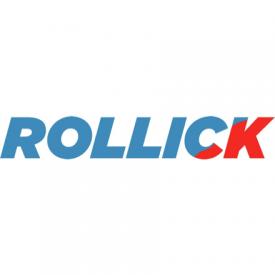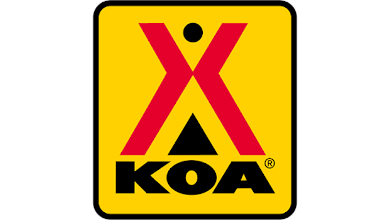Why Do Shoppers Inquire, But Not Buy?

AVALA, a Rollick Company, has released the results of its recent survey of 3,000 consumers engaged in the recreational product buying process. These results are included in the recent whitepaper – “The Recreation Shopping Experience: Why Customers Buy and How to Ensure They Buy From You.”
Brand Consideration and Switching
According to the study, 81.2 percent of respondents seriously consider purchasing other brands, 43.1% of dealers suggested other brands, and 67.6 percent of respondents purchased the brand they originally inquired about.
Somewhere along the purchase funnel, consumers are being persuaded to switch brands. We know that one reason for this is that the dealers’ goal is to sell the consumer the product that best fits the consumers’ needs, not necessarily the brand that sent the lead in the first place.
This hurts relationships between OEMs and dealers and dilutes the investment OEMs make in marketing, nurturing and branding.
Dealer and OEM Follow-Up
According to AVALA data, the average days to close from lead to purchase for 2017-2018 was 221 days in marine and 198 days in RV. This is a long purchase cycle and there are many nurture opportunities within that time span.
However, dealers and OEMs alike are only following up with consumers about once after the consumer made contact. Only 57.5 percent of dealers continue to follow up after their initial contact with a potential buyer.
Satisfaction Drivers
The survey showed that consumers were mostly satisfied with their dealer experience in all areas except for price. Price is a challenging topic because it can change frequently, and because of customization, it is hard to assess exactly how much a recreation product will cost the consumer.
However, the survey results surfaced that dealers do a better job at communicating an accurate price early in the relationship so that consumers walk into a dealership with reasonable expectations.
The Rollick solution, which not only provides accurate pricing, but also special savings to members of certain affinity groups, helps solve this problem. Providing an accurate price instantly online helps the consumer build trust in the dealer and in the OEM. This trust creates brand and customer loyalty.
Areas where customers reported satisfaction included facility cleanliness, product knowledge, staff timeliness and communication, availability to answer questions, and product availability.
Why People Leave the Market
The survey found the No. 1 reason consumers decide to no longer purchase a recreation item or to purchase a different brand is because of price. The second most common reason is because they found another brand that better met their needs.
It’s the job of OEMs to create brand loyalty and ensure that dealers see that loyalty through when a consumer walks into a dealership to inquire about a specific brand.
On a scale of 1 to 5, 5 being the highest, consumers reported that when purchasing in the recreation space, the experience ranked a 3.2 – about the same as their experience shopping in similar industries (like automotive). This still leaves plenty of room for improvement.
Both OEMs and dealers should focus on end-to-end improvements to retain existing customers, bring in quality leads, and manage their reputations.
How to Improve the Purchase Journey
Optimizing consumer engagement with your brand is imperative to set yourself apart both within the industry and also as you compete with other industries. Some areas of focus that will move the needle in your favor include:
- Using data-driven insights to deliver highly personalized messaging and interactions
- SEO strategies
- Pricing clarity
How to Improve the Repurchase Journey
According to a study by Paul W. Farris, the probability of selling to an existing customer is 60-70 percent while the probability of selling to a new prospect is 5-20 percent. And according to Bain and Company, returning customers spend an average of 67 percent more than first-time customers. Tips to keep customers coming back include:
- Follow up with them
- Thank them, provide them with great service and continue to grow the relationship
- Provide meaningful content via email and social media
- Use a post-purchase satisfaction survey like AVALA’s CSI program
There is opportunity to sell the same consumer multiple products, and the goal is to make sure it is your products they repurchase, which is a joint effort between the OEM and the dealers. In fact, our data indicates that if a consumer leaves a dealer because of dissatisfaction with their service, they may also leave the brand of the product they were originally interested in.
Most recreation products are discretionary, or not a “need” product. Any friction the consumer may experience reduces the effectiveness of all the marketing dollars spent, the effectiveness of leads generated as well as the close rate. Both the OEM and the dealer do better when they focus on great customer service and working together.
To learn actionable ways you can improve the shopping experience at your dealership, register here for a special webinar presentation by Steve Pizzolato at 11 a.m. CST on Wednesday, Feb. 27. The Recreation Shopping Experience whitepaper is available for download here.


